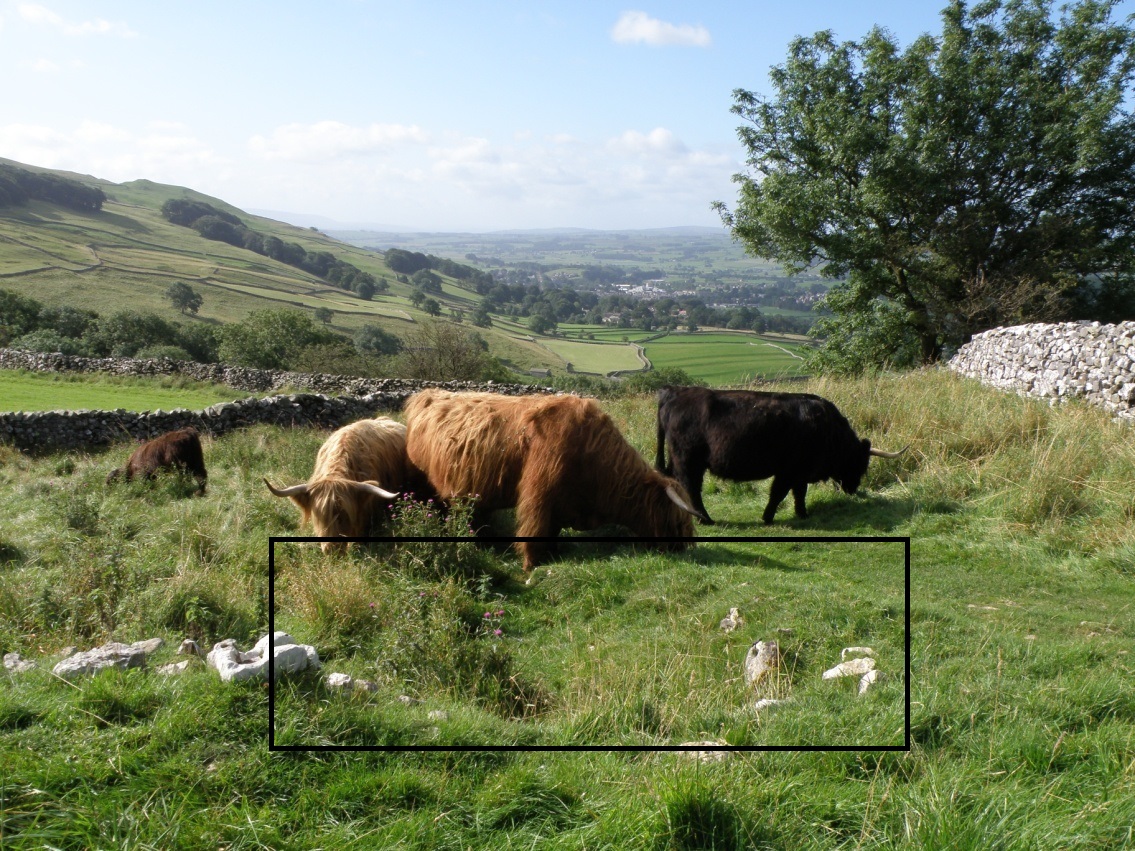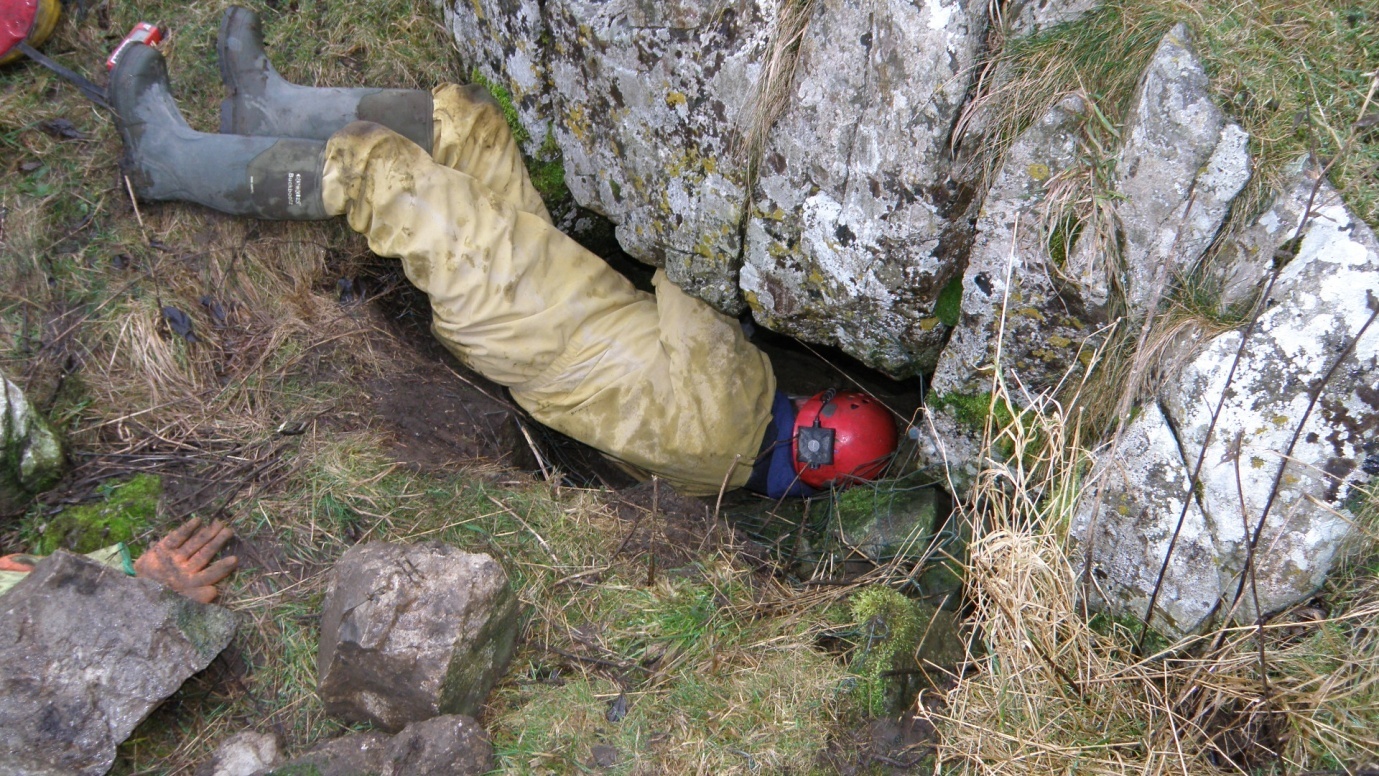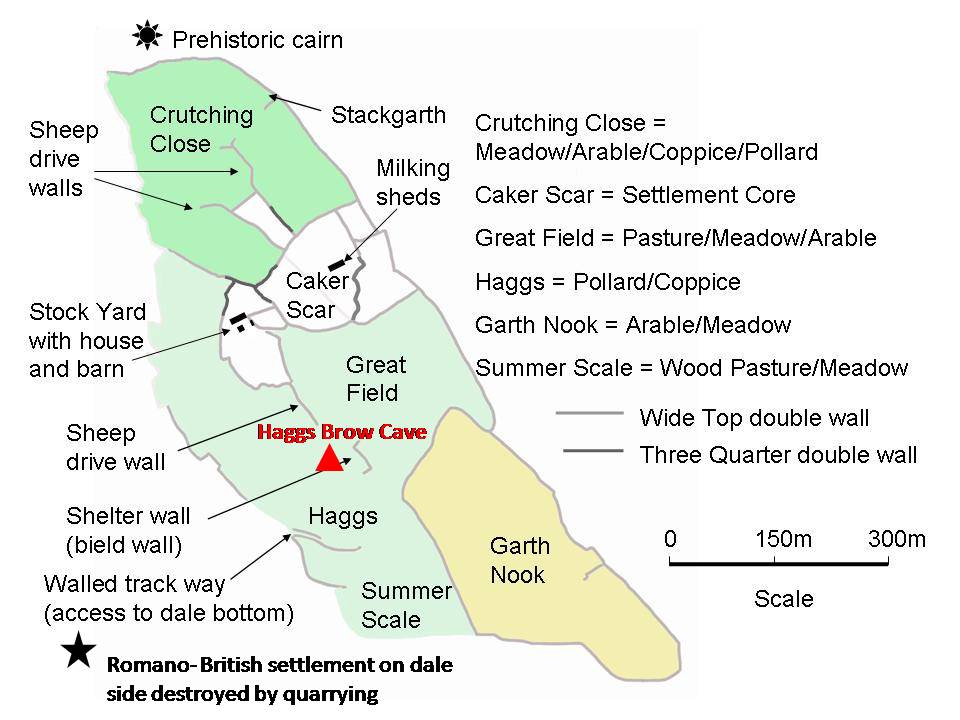Photos and article courtesy of Tom Lord
The first phase of excavations at Haggs Brow Cave, Lower Winskill http://www.lowerwinskill.co.uk/ will take place from Friday 20th May to Tuesday 31st May.
Haggs Brow Cave is located on the Haggs, an area of former managed woodland or wood pasture at Lower Winskill Farm, near Settle. The cave setting overlooks Upper Ribblesdale, and enjoys spectacular views over the Ribble Valley.

Participation is free. The excavations are primarily intended for sporting cavers wishing to learn about scientific excavation methods used in cave archaeology. But you don’t have to be a sporting caver to take part, or have previous experience of archaeological investigations. Training and equipment will be provided. The excavations will be divided into modules, so that you can be part of the team on site for however much time you can spare. The intention is to build a vibrant community to care for the cave archaeology and palaeontology of the Yorkshire Dales National Park.
The Haggs Brow Cave excavations will be led by Tom Lord, a Research Associate in the Archaeology Department at York University. Tom has over thirty years experience of cave archaeology and palaeontology in the Dales. If you would like to be part of the team on site, or get involved in some way or other way please contact Tom [email protected] If you wish to stay over during your time on the excavations, camping facilities and bed and breakfast are available at Lower Winskill. Contact Tom for details.

Haggs Brow Cave is a relict stream cave with clastic sediments filling the interior almost to roof. The interior is inaccessible and has yet to be explored. The mouth of the cave is blocked by turf covered boulders, Fig. 2. The boulders may derive from the collapse of the cave roof and walls when the cave formerly extended further out than today, or they may derive from intentional blocking of the entrance by people at some time in the past. The intentional blocking of cave entrances has been suggested for some sites in the Dales, but an example has yet to be fully recorded and dated.
Haggs Brow Cave lies within the medieval infield area of the upland livestock farm at Winskill, Fig. 3, belonging to the Cistercian monastery of Sallay Abbey, near Clitheroe. The excavations aim to recover environmental evidence such as snail shells and the bones and teeth of small vertebrates, to help understand changes in vegetation and land use in the medieval period. All sediment will be wet sieved on site using apparatus specially built for scientific cave work by John Howard who leads the British Cave Research Association’s Cave Archaeology Group.

Within a four mile radius of Haggs Brow Cave at least twelve caves are known to have been excavated before 1960, Fig 4. Re-examination of the surviving archives and finds from these excavations has helped further our understanding of human cave use, especially for sites such as Victoria Cave, Table 1. But there is still much to learn.

You will be able keep in touch with the Haggs Brow Cave excavations by visiting the Cave Archaeology Group’s Facebook pages. If you would like to help with public engagement through on line social media, digital recording and video please contact Tom. Haggs Brow Cave is close to a busy public footpath with opportunities for the many walkers passing by to learn about the investigations.
Tom Lord March 2016
